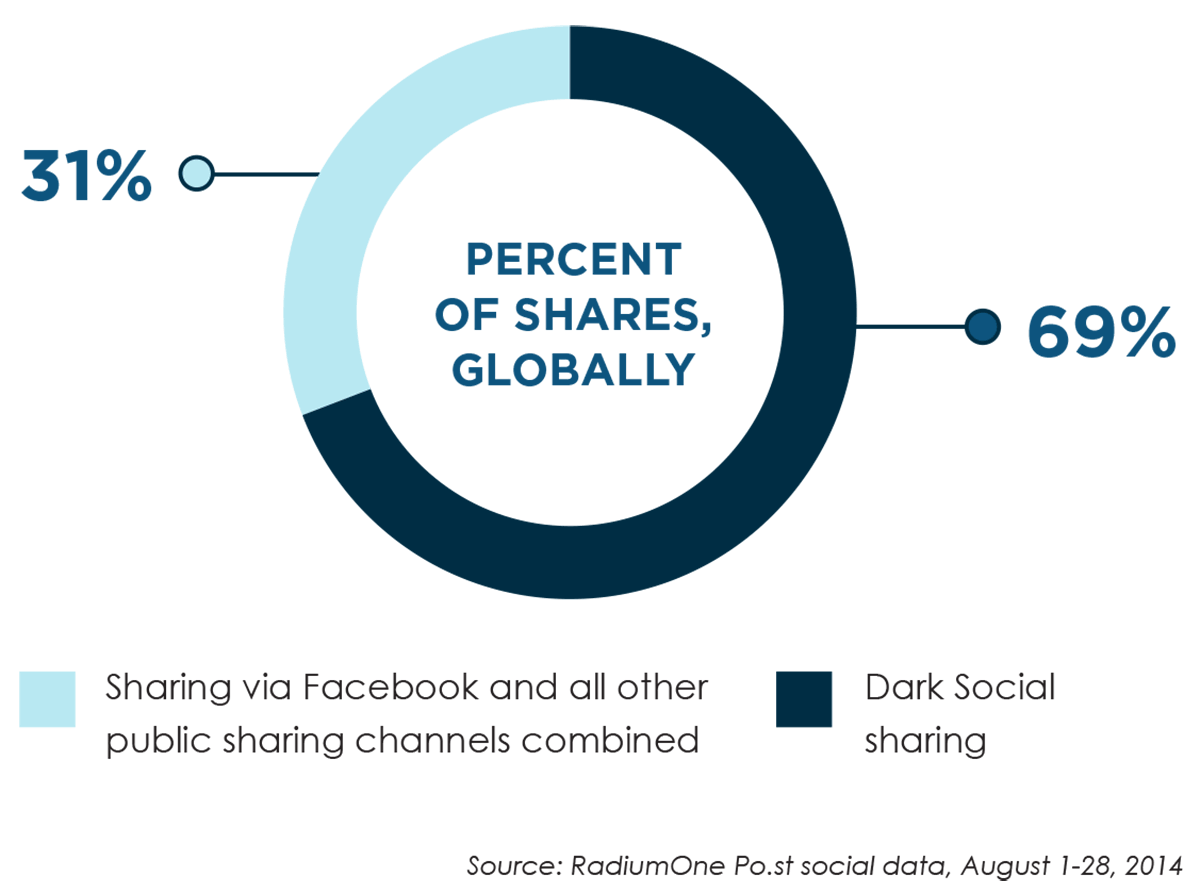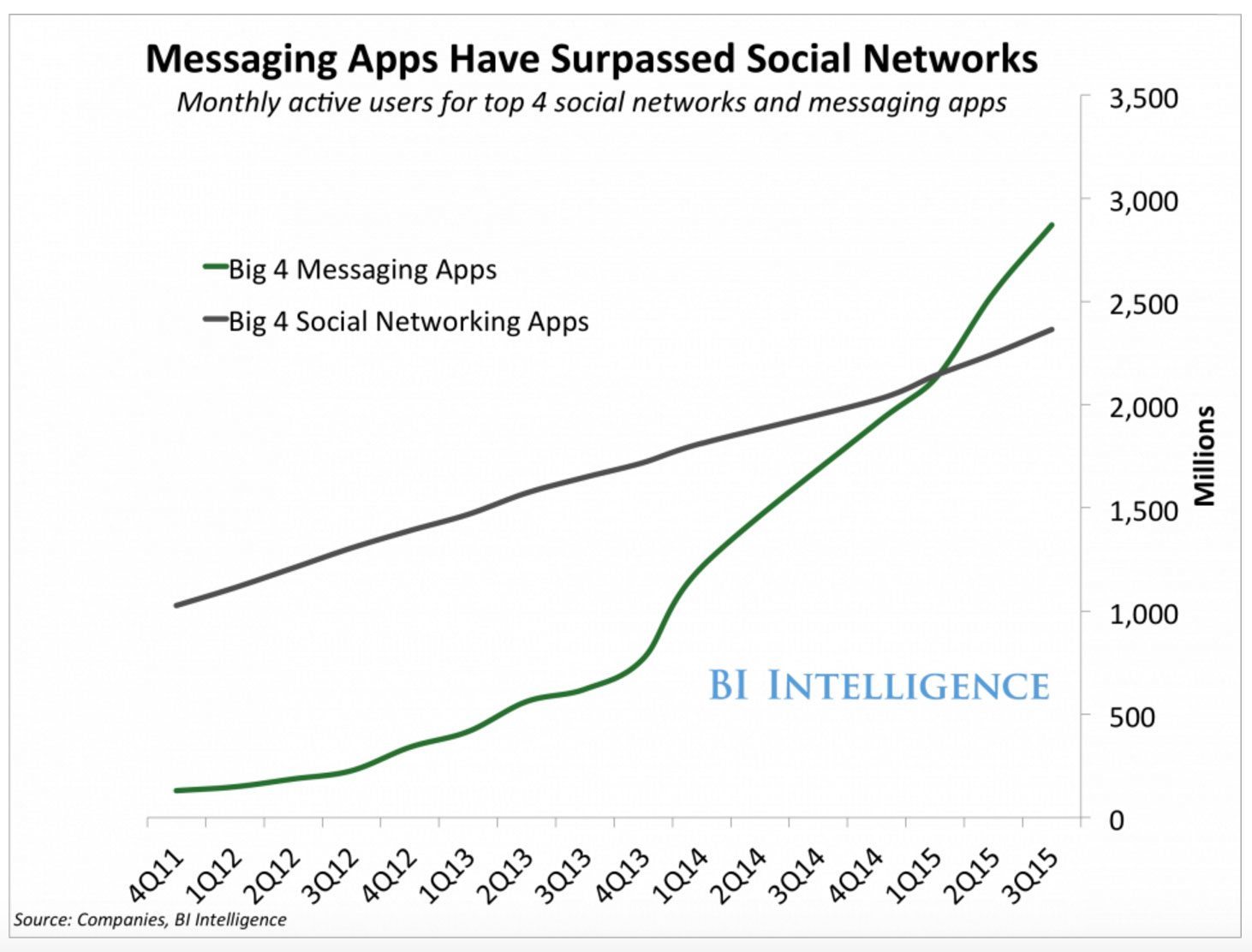Shedding Light on Dark Social
Some social sharing isn’t measurable. So what do you do about it?
Sounds sinister, right? It’s really not that bad. Still, it probably won’t be a marketer’s reason to smile.
This article is a real eye-opener. It’s so interesting that once you are done, you are going to hit that share button on your browser and Whatsapp it to your fellow marketers.
Do you know what you just did? You performed a ‘Dark Social’ act. It’s dark because we, Spearhead, can’t measure it. Your marketer friend would show up on our analytics as ‘Direct’ traffic, meaning he directly came to this page as if he typed that very long URL into his/her browser.
Dark social is traffic obtained by sharing a URL that can’t be measured by analytics tools. If you monitor your website traffic sources, you’ll find a big chunk of traffic coming in as "Direct". A good part of that traffic is Dark Social. This traffic is usually coming from SMS, Chats (Whatsapp, BBM, Facebook Messenger…) or Emails. You can probably notice how some publishing websites are now even displaying a Whatsapp button next to the typical channels’ share buttons. It can also be a result of someone browsing a secure HTTPS site that links to a site that uses HTTP where a referrer won’t be passed.
Programmatic ad buying platform, RadiumOne, has a very interesting study about the topic which you can read here. They estimate that about 69% of social shares are in fact dark!

Despite all the busy posts you see every day, we’re actually shifting towards more private sharing. This causes some problems for marketers as they try to understand the value of their content marketing.
How can you measure it?
The short answer: you can’t!
It’s difficult to measure what you can’t see. There are some tricks you can do like adding UTM sources in your URLs (spearheadagency.com/blog/13/shedding-light-on-dark-social.html?utm_source=sharebutton &utm_channel=facebook) and pushing people to share links using special buttons that you put on your website or some apps can identify themselves via User Agents - if you’re familiar with that. Shortened URLs can also be helpful in identifying different sources.
To get an idea of how much Dark Social you’re getting to your website; you can filter "Direct" traffic and if you remove your homepage and main section landing pages, then everything left is pretty much Dark Social. It’s very unlikely that anyone actually typed any of your sub sections’ long URLs.
So what do you do about it?
You can try to filter and narrow it down; but the fact is this is still relatively new. However, it’s picking up in momentum so it’s very likely that better tools and techniques will begin to materialize. Despite that, this is the norm. Tracking will never be perfect. Things are always evolving and we have to accommodate that. Messaging apps are now more popular than social apps.

What you can do about it, is grasp the concept. Understand that you’ve been ignoring quite a segment of social shares. Understand that there’s more than the number you’re seeing. Don’t just measure your success by the total number of shares you can visibility see on a Facebook post for example. And of course, analyze!
Focus on content. Content is, and always will be, king! If you’re delivering added value for your visitors, they will share. So make sure your content is relevant, informative and enticing.
Get in touch with us today so that we can help you make the most out of your "Dark" traffic. Also, feel free to share this article in any way you like. We don’t mind a little dark. :)